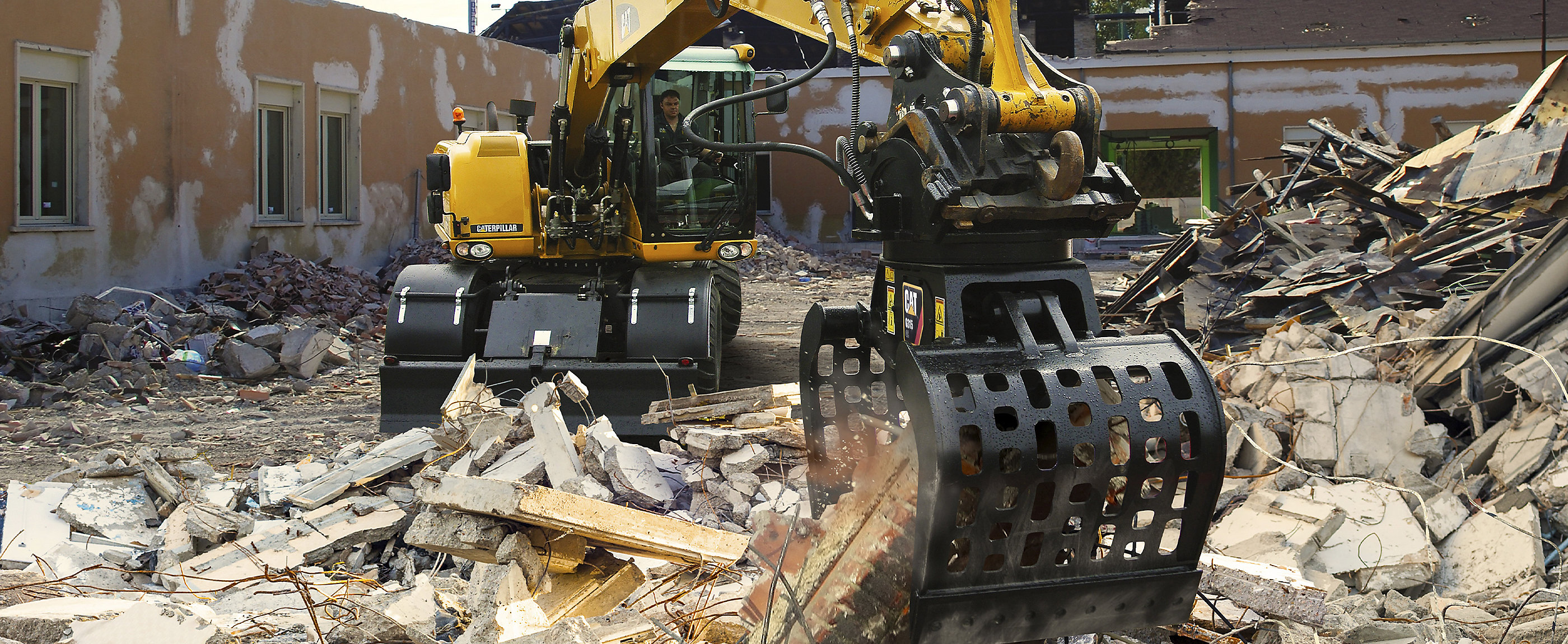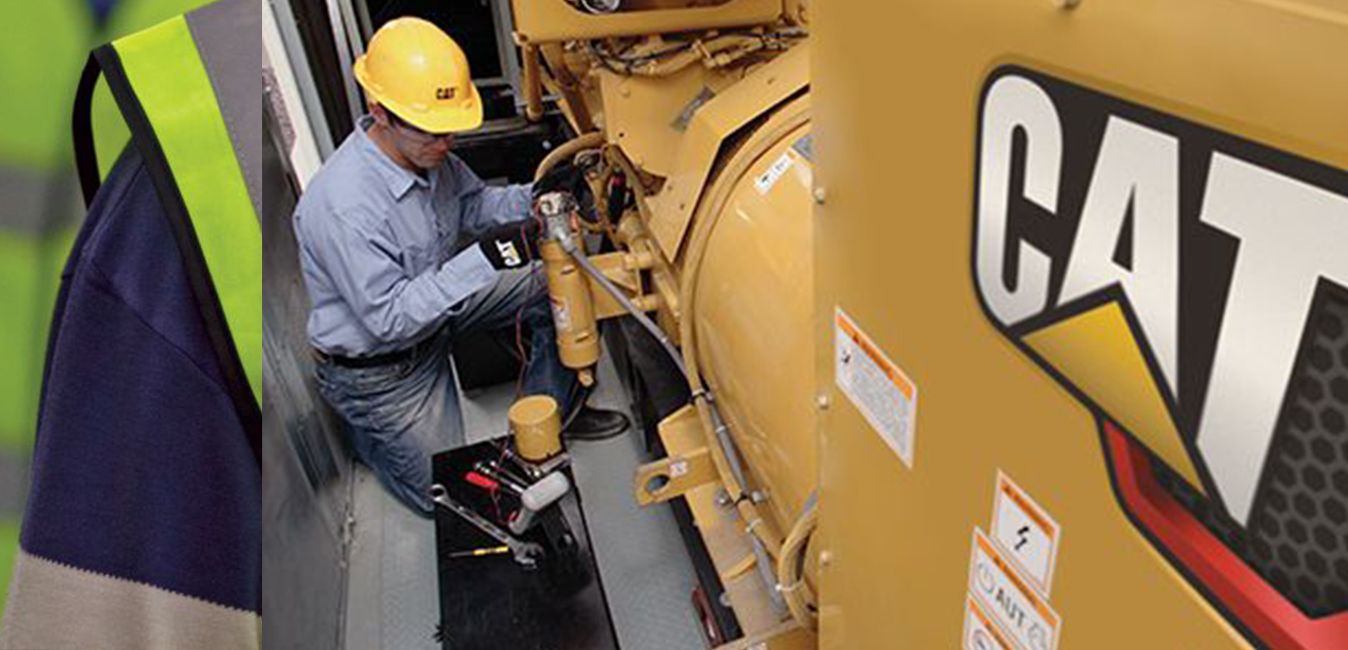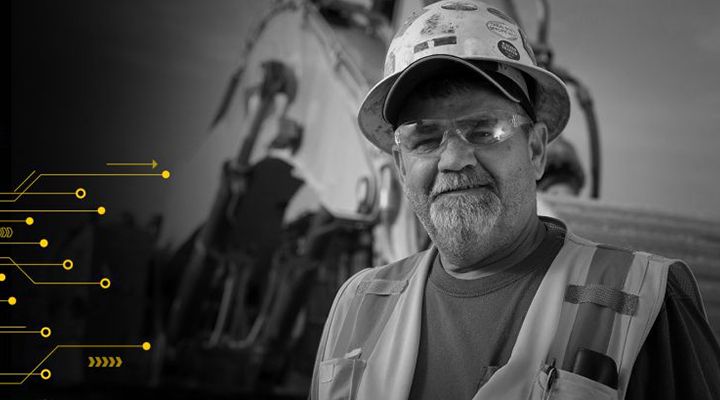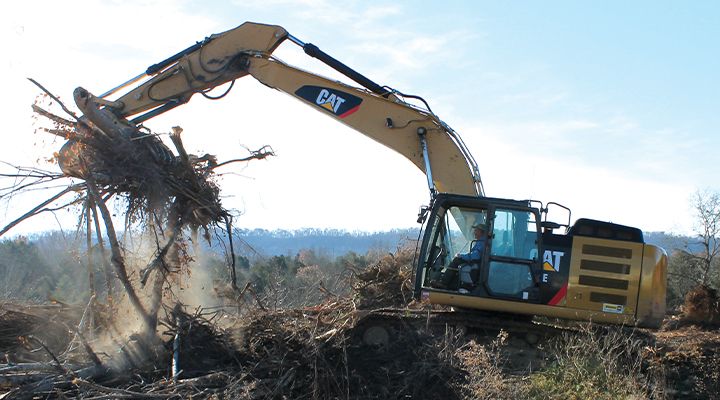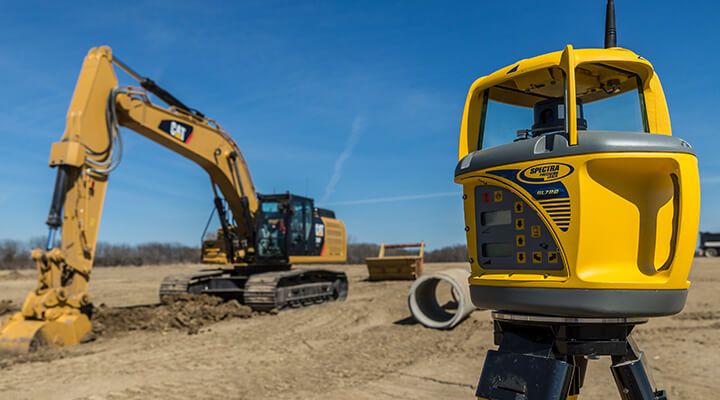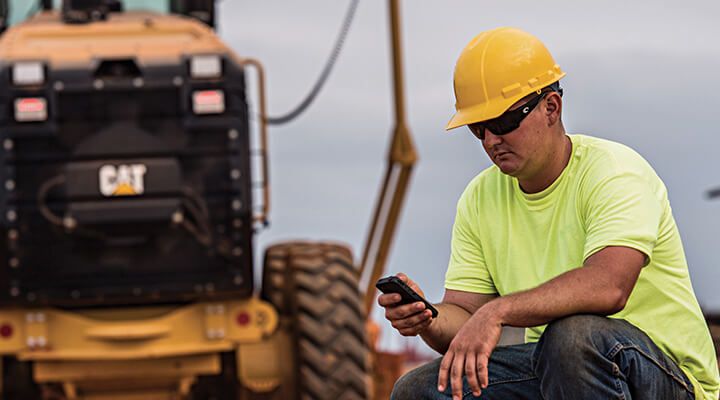

Sign In
Welcome! Sign In to personalize your Cat.com experience
If you already have an existing account with another Cat App, you can use the same account to sign in here
Register Now
One Account. All of Cat.
Your Caterpillar account is the single account you use to log in to select services and applications we offer. Shop for parts and machines online, manage your fleet, go mobile, and more.
Account Information
Site Settings
Security
Selecting the Right Solution for the Job
In the right hands, a sledgehammer is an admirable tool – you can break up small pieces of concrete and drive fence posts. But you wouldn’t use a sledgehammer to hang a picture on a wall. You have to consider the task before the tool. And that holds true when it comes to heavy equipment as well.
Start by defining the work you want to do. Then select the right attachment—the work tool that will directly engage the material you want to manipulate or move. Then choose the machine that will support the work tool.
The choice of the machine should always come last. Otherwise, you may find yourself with a machine unsuited to the work at hand.
The Selection Process in Action
Your job is to tear down a 10-story building made of concrete and reinforced steel. It’s an old building near other buildings of roughly the same age and height. That’s the task.
Explosives are out because of the neighborhood and regulations. So, to successfully complete the job, you need another solution: an attachment with concrete-crushing jaws and a knife to handle the rebar. That’s the tool.
Finally, you need something capable of raising and controlling the tool. So you select a demolition machine based on a hydraulic excavator that is matched to the weight and capabilities of your attachment. That’s the machine.
You’re ready to work. And because you made your decisions in the right order, you have a safe, efficient and productive solution.
Think Ahead
Consider more than your current or next job. Instead, make a decision flexible enough for future projects. If your business is focused on low-rise demolition, think about where your company will be in five years. Your goals can affect your buying decisions.
Likewise, if you’re involved in the demolition of higher buildings, consider the difference between the top and bottom of the building. A smaller work tool combined with a longer boom-and-stick assembly may be the right choice for the top floors, while a bigger tool on a shorter boom and stick can make short work of heavier supports in the lower floors.
That might lead you to select two machines with different front ends or one machine that can accept taller and shorter front ends. Or because you don’t expect a lot of high demolition work, you might sub out the taller portion of the job to another contractor.
You always have choices. The task, tool, machine strategy—used throughout conversations with your Cat® dealer—can help you make the right decisions for your business.
RELATED ARTICLES
You’re here to get ideas to grow your business. Read on for machine insights and expert tips and tricks to get more out of every job.
-
Case Studies - Learn How Our Team Helped Improve Performance and Reduce Costs
Real customers, real results.
Learn More -
Telematics - Your Link to Equipment Cost Savings
Cat Forestry Equipment telematics helps loggers lower operating costs by using remote monitoring to track location and monitor mixed fleet diagnostics.
Learn More -
Five Reasons To Put Technology On Your To-Do List
Technology has made our lives easier, it can bring new levels of efficiency to our work.
Learn More -
Stay On Track With Telematics
Learn how technology can help construction companies optimize performance across their worksites.
Learn More
